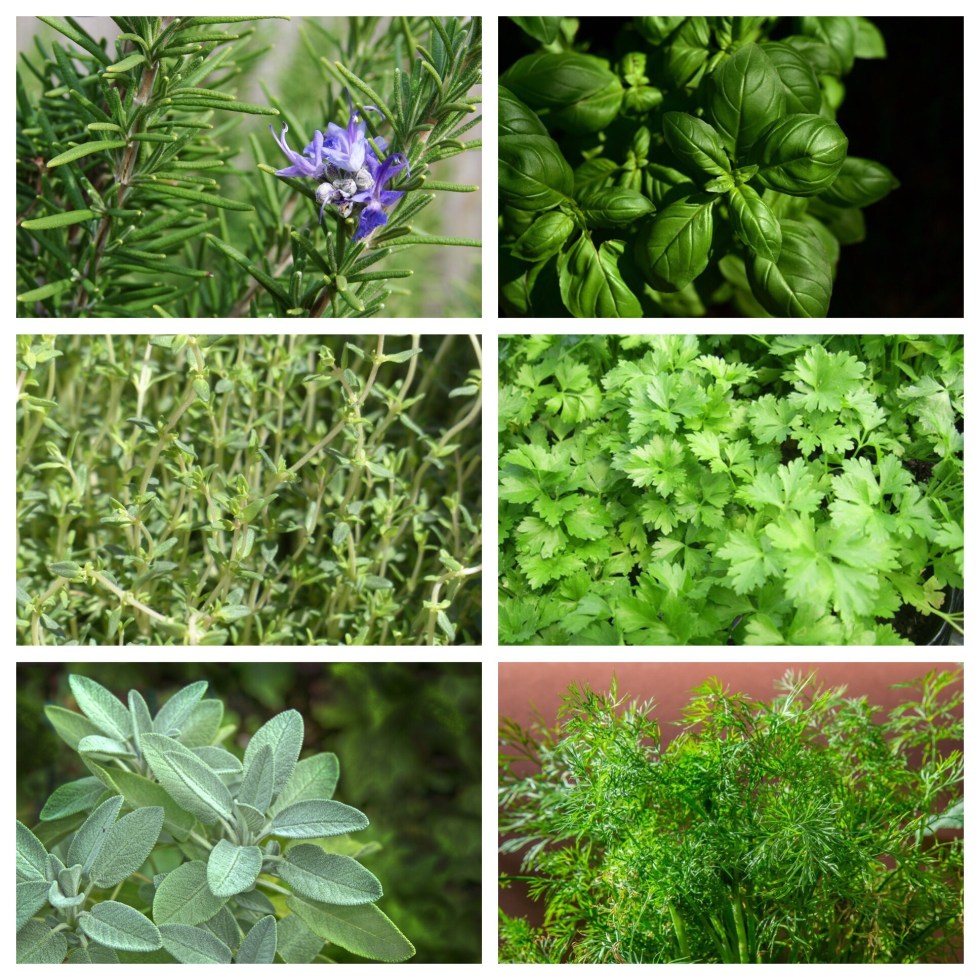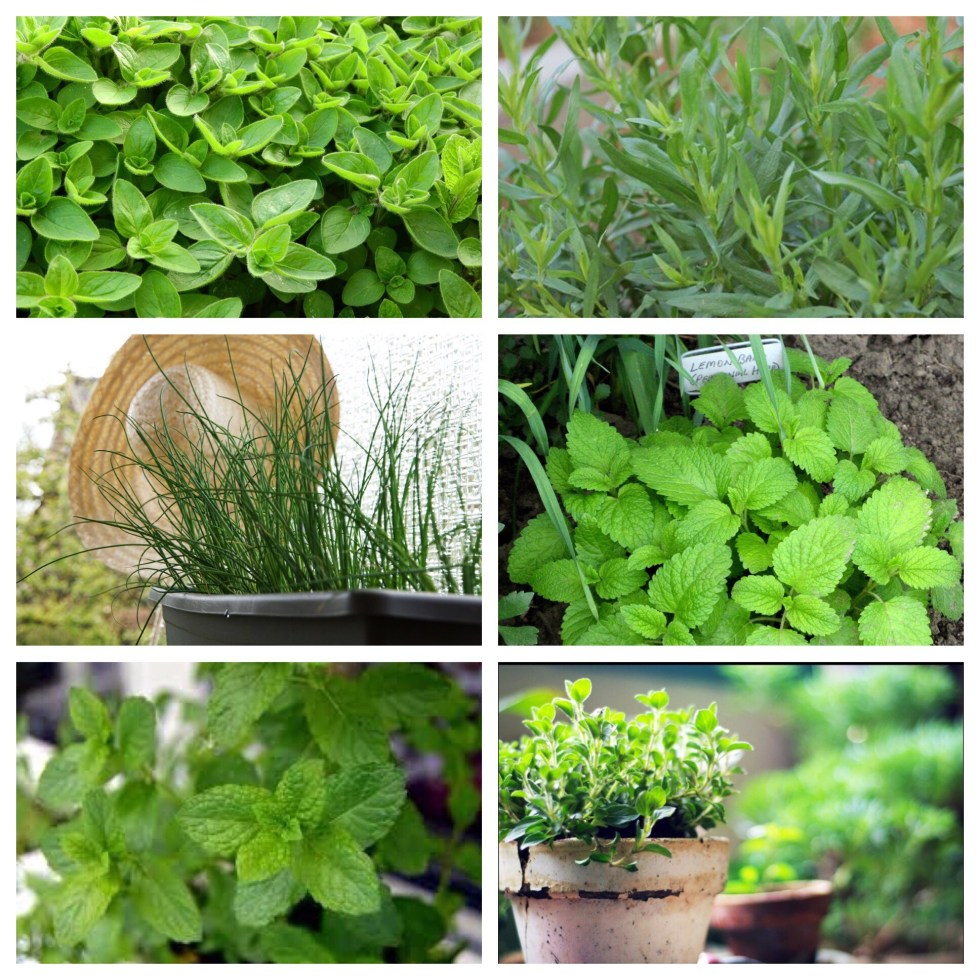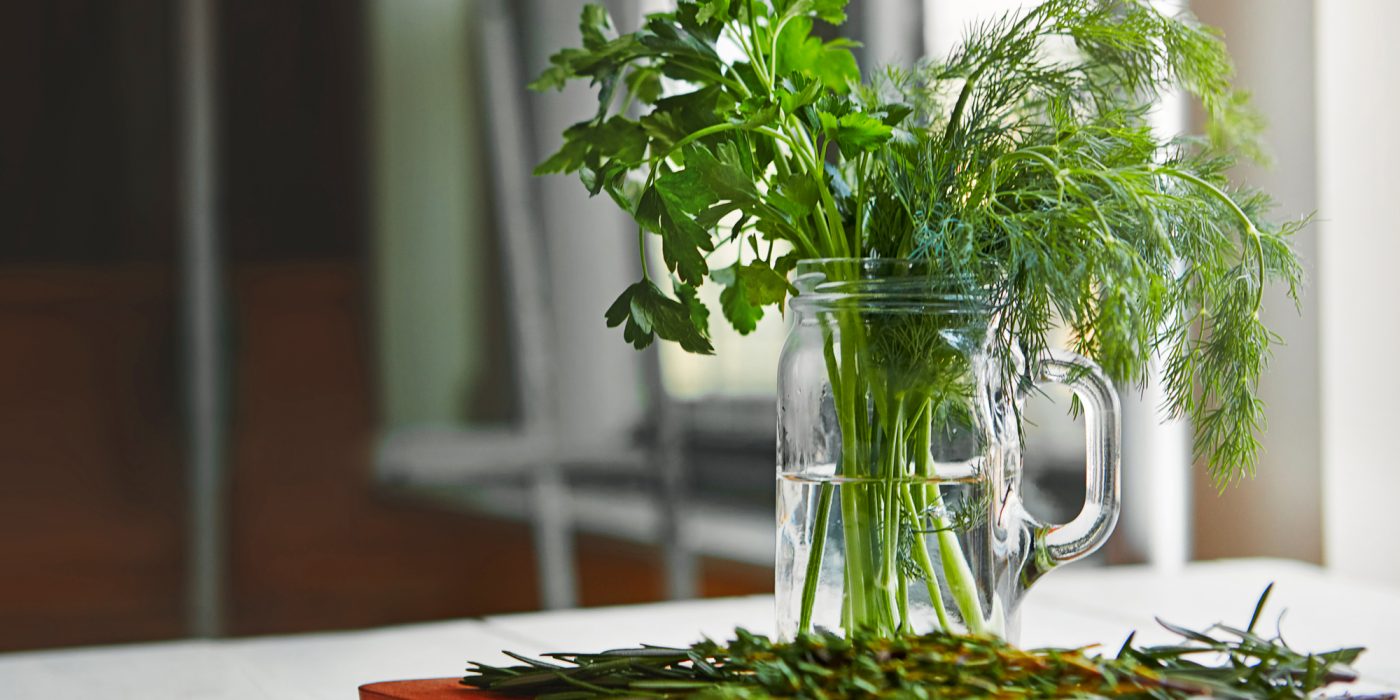What to do with the leftover fresh herbs from the supermarket?
It is easy to root new plants from supermarket fresh herbs. You can grow just about any kind of herb. The key is to start with the freshest herbs possible. If there is a date on the package, grab the latest one.
There are not typically growth inhibitors sprayed on fresh herbs. Since herbs are sold as cuttings and in packaging, the chances of growth are almost impossible.
Do I need to buy organic herbs?
It is sometimes difficult to find organic fresh herb cuttings at the supermarket. The most common herbs in my market are not organic. However, I have had great success rooting them into beautiful plants.
Since all new growth, I grow organically the original cutting being organic seems less important.
How to grow herbs from supermarket herbs.
How to grow herbs:
- Remove the leaves from about the bottom 3-4″
- Put the stem in our supplied baskets and place it in your grow system.
- In about 2 weeks you will see new roots.
Its as simple as that.
Have patience! It might not seem like the herbs will root but as long as the leaves are still fresh looking the process is working!
Depending on the plant, you will start harvesting your fresh herbs in a couple of weeks. Follow in general guidelines below to get started with your new herbs.

Here is a list of easy to grow herbs from supermarket herbs
Thyme
Start: easy from cuttings, moderate from seeds, easy to find full plants
Sun: full
Thyme is a great herb to dry and save. It will hold the same flavor after drying. When you use dried vs fresh thyme in recipes use just a 1/3 of the amount of dried compared to fresh.
Parsley
Start: easy from seeds, easy to find full plants, not the best from cuttings
Sun: shade
Parsley doesn’t take as easily to water footing as some herbs. It will root however make sure to have more cuttings than you need. The success rate is low.
Sage
Start: easy from cuttings, moderate from seeds, easy to find full plants
Sun: full
I love to root Sage. It is super easy. After you plant your cuttings keep an eye on growth. Sage can get leggy. Trim back often to grow a nice bush.
Dill
Start: easy from seeds, easy to find full plants
Sun: shade/some sun
Dill is a little less successful growing from cuttings but worth the effort
Rosemary
Start: easy from cuttings, difficult from seeds, easy to find full plants
Sun: full
Rosemary come from the arid area of the Mediterranean. It grows best in less rich soil.

Herbs that are easy to grow indoors
Tarragon
Start: moderate from seeds, easy to find full plants
Sun: full
Super easy to root. Tarragon does well as a mason jar plant. Planting tarragon in soil will grow a fragrant bush.
Marjoram
Start: easy from seeds, easy to find full plants
Sun: full
Marjoram is part of the mint family. Like other mints, marjoram grows fast and has a nice fragrance.
Lemon Balm
Start: easy from seeds, easy from cutting, easy to find full plants
Sun: full or shade
Another member of the mint family with a great fresh fragrance.
Chives
Start: easy from seeds, easy to find full plants
Sun: full or shade
Mint
Start: easy from seeds, easy from cutting, easy to find full plants
Best soil: any
Sun: full or shade
Oregano
Start: easy from seeds, easy from cutting, easy to find full plants
Best soil: any
Sun: full
Next time you need to buy herbs from the supermarket, grab fresh ones. You can grow your new plants now that you know how to grow herbs from supermarket herbs.




